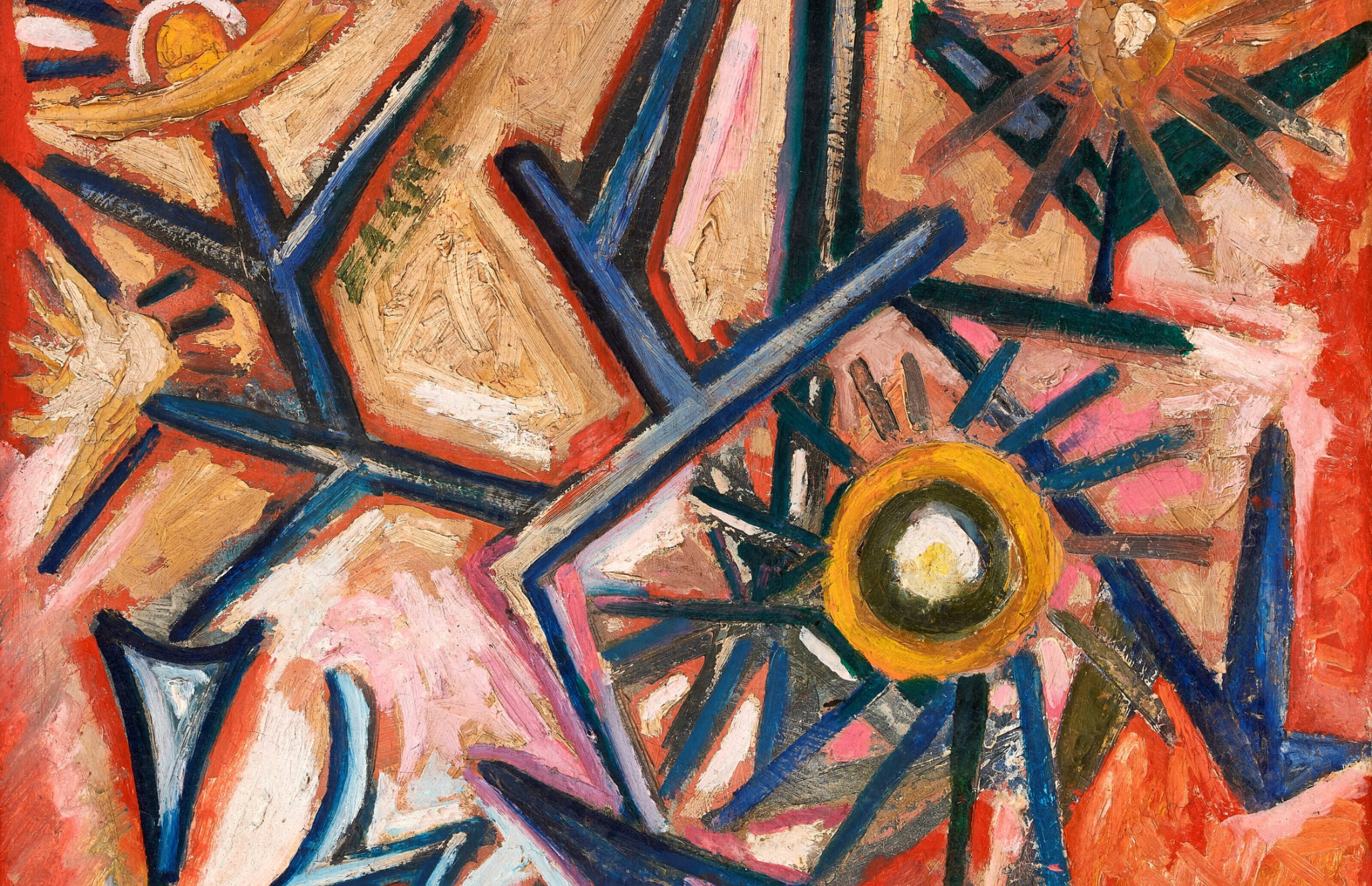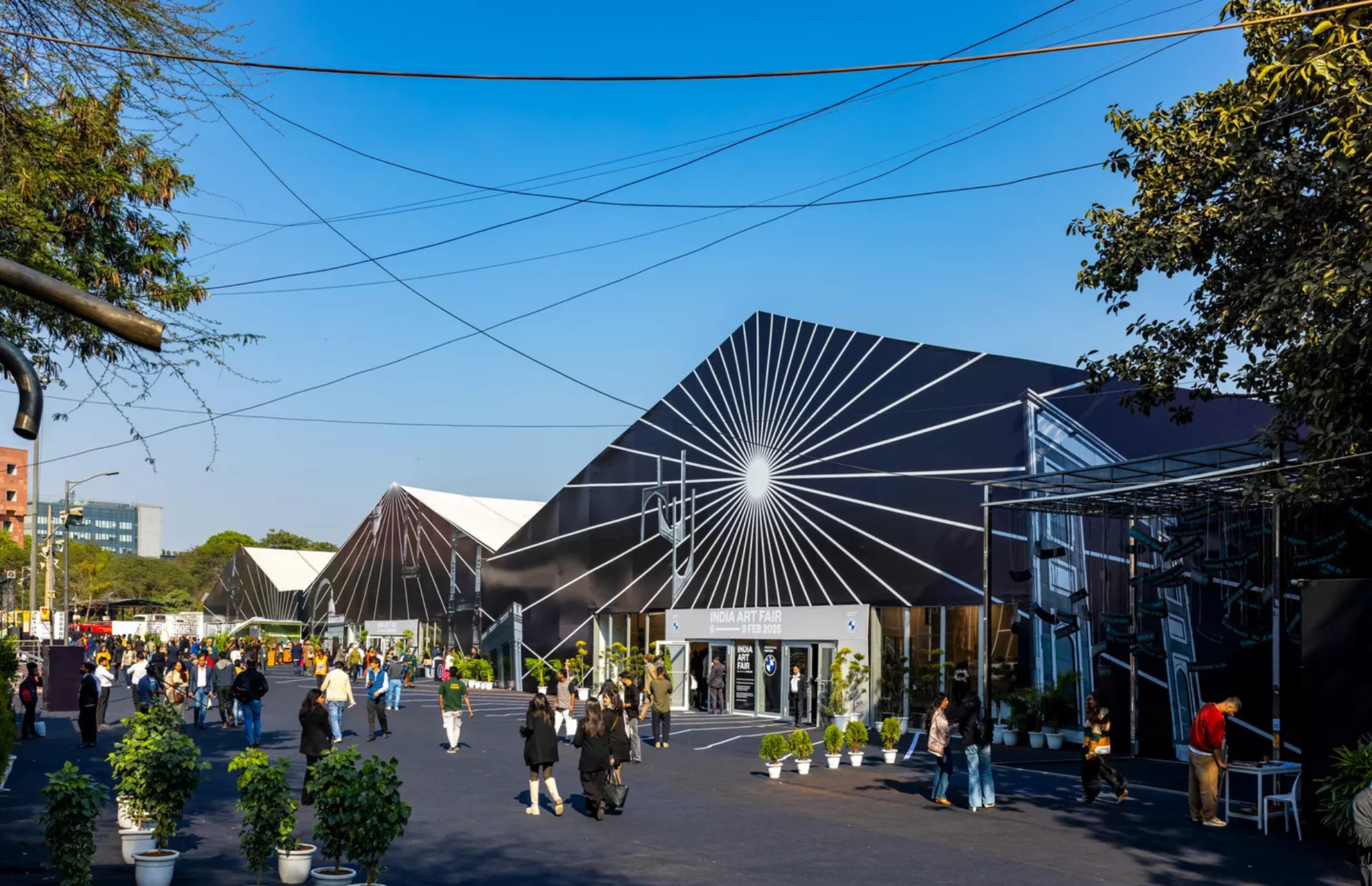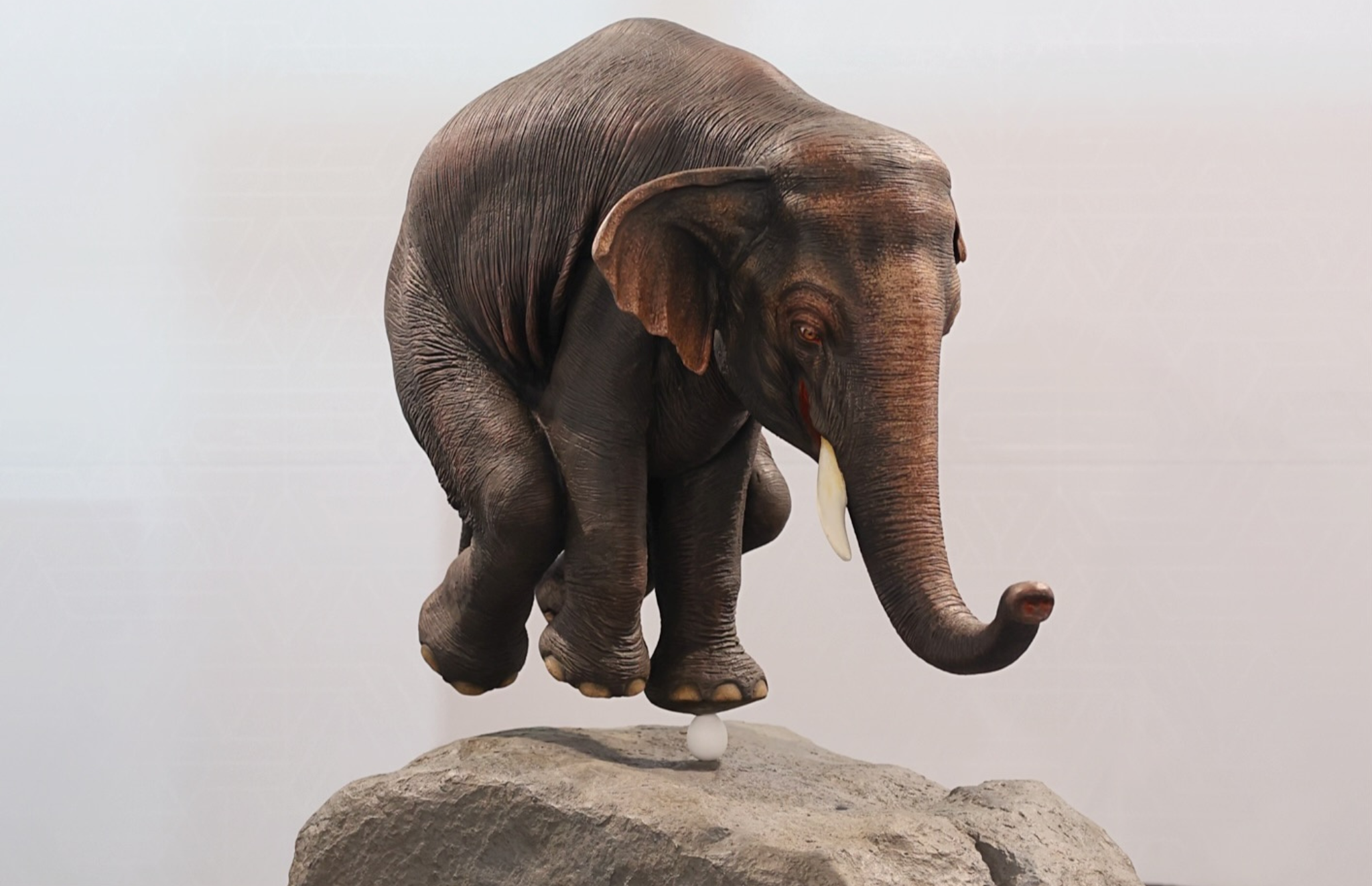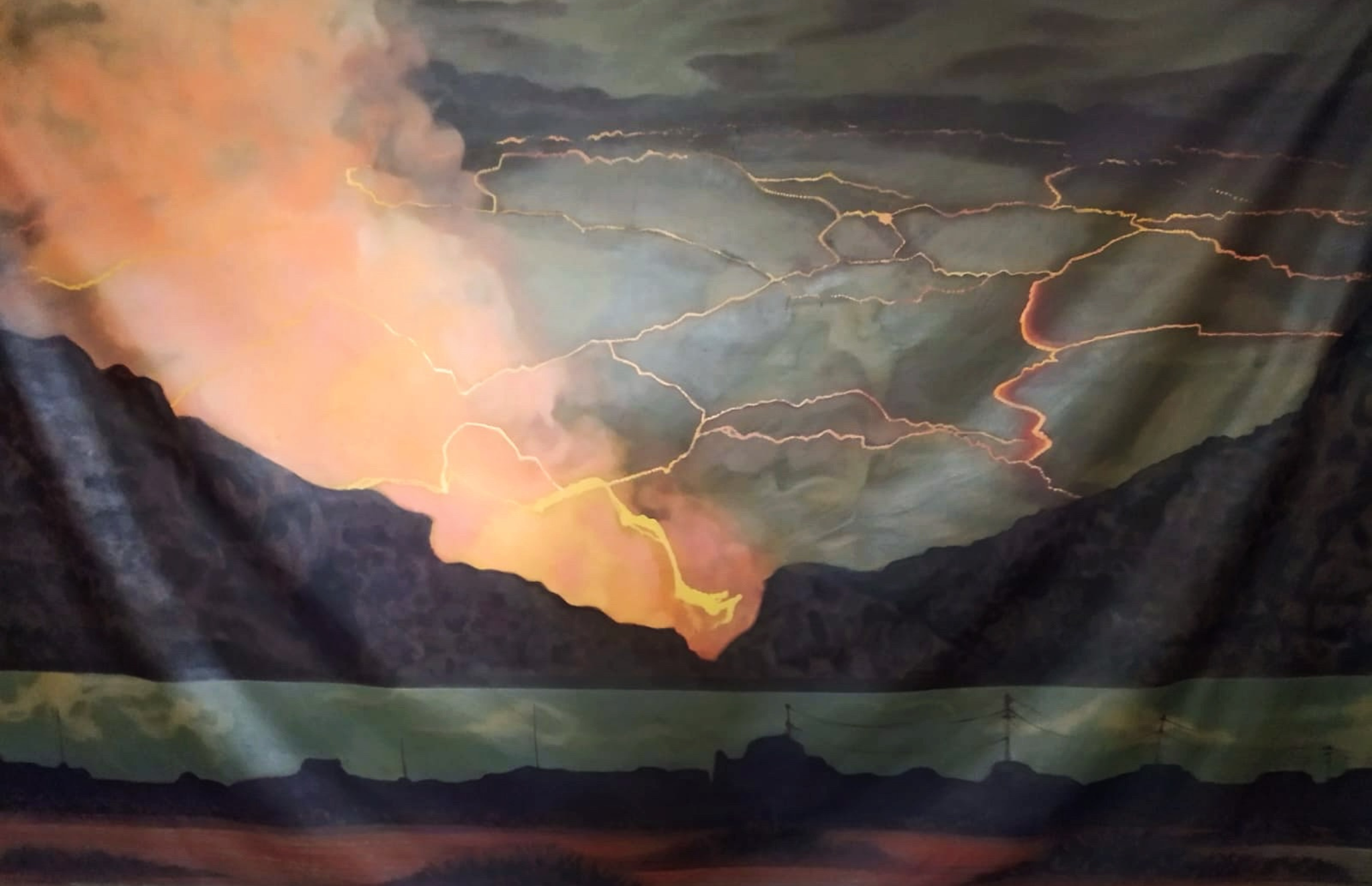HOW ARE HUBS OF CONTEMPORARY ART SHAPING THE CULTURAL LANDSCAPE — AN OVERVIEW
What defines a nation’s cultural epicentre, and does the grandeur of art fairs bridge the gap between local and global versions of contemporary art? The presence of art fairs across the globe in their integrity can be traced back to the great exhibition of 1851: Displaying a selection of objects around the world exhibited for the elite of the society where south asia was imagined by its autocrats. The impressive and extravagant displays of the same are comparable to the current concept of art fairs.

The selectivity and exclusivity of these events are evident in current cultural platforms, which provide access to the global market and generate a buzz around contemporary art.
The booths and stalls of an art fair offer an exposure for galleries and their artists, while collectors and buyers gain insight into emerging trends and opportunities. These fairs lead the market, attract high-end galleries, and bring in international audiences. They present contemporary and historical works across all disciplines from sculpture, painting, photography and installation. Although positioning themselves as the representatives of contemporary, the art fairs can seem to lack the local vernacular.

The India Art Fair launched in 2008 by Neha Kirpal, a social entrepreneur and political science graduate, has become a brand selling point to the global market, providing outreach to the global cultural economy of South Asian art and to bring together the Indian art community. Held annually in New Delhi, the fair was established to provide a significant platform for discovering modern and contemporary art from South Asia. It combines contemporary with modern masters and artistic traditions, offering a comprehensive view of the region’s evolving cultural landscape. Since its inception as the art summit with 34 galleries, the last edition of India Art fair held at the NSIC Exhibition Grounds in New Delhi showcased 72 galleries. Expanding not just in size but its scope, the recent IAF included a number design studios further confirming the purpose of the trade fair. With its curated walkthroughs and panel discussions it has positioned itself as an important event in the art market since its inception.
M.F. Husain’s Dancer (2000) merges human and animal energies, capturing a dancer in a Kerala jungle alongside elephants. Siji Krishnan’s Lovers (2012) creates a dreamy, floral world. Lastly, N.S. Harsha’s sleeping figures, surrounded by their simple possessions, appear to float between earth and sky, capturing a dreamlike state.

Along the same lines, Mumbai, another art capital of the country, launched a homegrown initiative, Art Mumbai in 2023. Held at Mahalaxmi Race Course, Art Mumbai was co-founded by Minal and Dinesh Vazirani, Co-founders of the auction house Saffronart, Nakul Dev Chawla, Founder of the online art sales platform, Global Art Hub, and Conor Macklin, Director of London’s Grosvenor Gallery. The fair in question aims to keep up further with the nature of contemporary with its multidisciplinary approach and inclusive initiatives. Catering a new group of audience and stepping in the realms of new genre public art, Art Mumbai’s “art for all” approach is set to make art fairs more accessible to the public. With over 53 participating galleries in the first edition of the Mumbai Art Fair, the fair is set to be a new definition of accessibility and engagement.

Recognising the cultural traditions of the city, Art Mumbai is poised to be an integration of art, design, music, architecture, and film, celebrating the essence of this megacity. With renowned celebrities like Karan Johar serving as the cultural ambassador for the event, Art Mumbai is expected to draw a substantial audience. The event has positioned itself as an experience akin to the allure of Bollywood. Although as a newer fair with a more localised focus, Art Mumbai may not attract the same level of international attention as the IAF.

Further associated with the inception of the concept of art fairs, in contrast to IAF, Art Mumbai will have something for everyone including architects, designers, filmmakers and young collectors. Catering to seemingly different aspects of the art market, IAF has a long standing presence, visibility and emphasis on high profile galleries and that can be intimidating for the young artists, which Art Mumbai is set to challenge. Its programming aims to draw together a diverse range of participants, including galleries, institutions, private foundations, arts’ charities, artists’ collectives, and national museums. A unique aspect of Art Mumbai is its integration of art with live performances such as stand-up comedy by Zervaan Bunshah.
The India Art Fair and the Mumbai Art Fair each contribute to the Indian art scene in their own unique way. While the IAF serves as a prominent platform for both established and emerging South Asian artists, the MAF offers a fresh perspective by spotlighting new talent and fostering local artistic innovation. Both fairs highlight the evolving nature of the Indian art market, reflecting broader trends and shifts within the global art community.
The presence of Art Mumbai alongside the India Art Fair, with their varied calendars, is set to expand the Indian art market as parallels. These fairs will serve as a way to keep up with current trends in art by connecting historical artistic traditions with the latest developments in the art world.
Text by Shalini Passi
Image Courtesy: Discover South Ken, The Art Newspaper, India Art Fair, Gallery Espace, Art Mumbai





